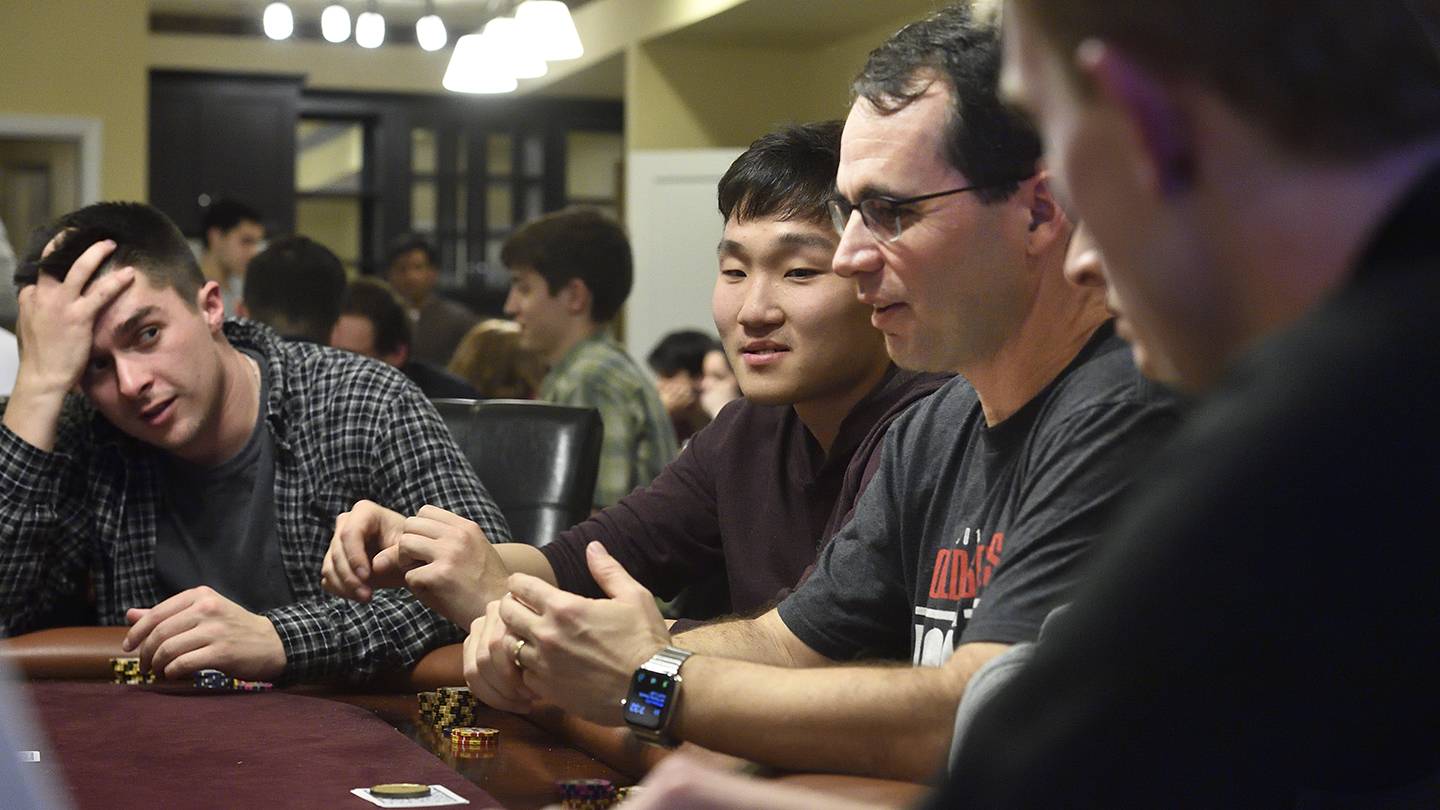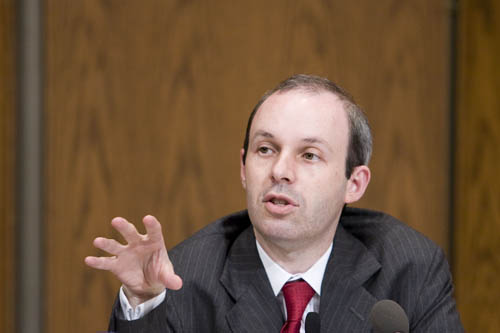The most popular class at Johns Hopkins University’s most recent intersession program was a crash course in Texas Hold’em.
Computer science professor Avi Rubin’s “Introduction to the Theory and Practice of Poker” drew nearly 250 students for the Baltimore school’s short-term January cram sessions.

No-Limit Hold’em 101
The goal of the class was to turn novice players into above-average Texas Hold’em players in just two weeks. Lectures covered such issues as poker fundamentals, the math of the game, game theory studies, and tournament-specific situations using nearly 500 PowerPoint slides.
“I wanted the students to get an appreciation for the depth of the rigor that goes into poker,” Rubin said. “There is a lot of math and science to it. It’s not just luck. It’s a game of skill.”
Course Description
Introduction to the Theory and Practice of Poker “aims to take students from novices who may know nothing about poker to above average players, in two weeks … [with] hand examples and discussions of common poker situations to study the fundamentals of the game. The math, combinatoric, and game-theoretical aspects of poker will be covered, with practical examples of every concept. Lectures will focus on core concepts in Texas Hold `em, with an emphasis on cash games. Tournament-specific concepts will be covered towards the end.”
The class consisted of lectures and discussion sections covering both the fundamentals of the game as well as advanced no-limit hold’em scenarios. Maryland native and 2005 WSOP Main Event runner-up Steve Dannenmann gave a guest lecture.
Homework included online play. The free-play site Rubin had originally planned for use by his students, Bluff Avenue, wasn’t able to accommodate the action this class brought, however, so he had to make a quick shift to PokerStars Home Games.
You don’t have to be enrolled at Johns Hopkins to benefit from this class. Rubin has posted his syllabus and lecture slides online, along with video of his classroom sessions.
Rubin’s Main Event
Rubin, 52, has been playing poker for about 15 years and has $14,337 in career tournament winnings, according to Hendon Mob. His best tournament score was a 30th place finish for $5,387 in the $1,675 No-Limit Hold’em main event during the 2015 WSOP Circuit in Baltimore. He also appeared in “Poker Night in America” in 2014 when the show filmed at the Maryland Live casino.
His intersession course, which ran through January, closed with a poker tournament hosted at his Baltimore County home for 52 students who had qualified by high finishes in the class’ play-money PokerStars events.
Students played for gift cards and trophies throughout the course. At his intersession-ending tournament tournament of champions, however, the teacher also became the student.
Rubin posted a video of sophomore Amber Hamelin knocking him out. He got it in with Queens, but her 8-9 offsuit would elicit roars when a developing gutshot turned into a flush on the river.
Rubin isn’t the first teacher to let students break from studies of Shakespeare, the Vietnam War, or organic chemistry for a closer examination of action on the poker felt. Much of Rubin’s coursework is built on the research of an MIT professor who offered Introduction to Poker Theory in 2015. UCLA in 2016 offered a statistics course called “Hold ’em or Fold ’em: Poker and Probability.”
Learning by Doing Theory
Hold’em is popular on Johns Hopkins campus. Students started the Johns Hopkins Poker Club last spring, which meets most Wednesday nights to play for fun.
Siddharth Arun, a senior biomedical engineering major, took Rubin’s class in part because he believes poker skills can help him in other aspects of life.
“Understanding strategy is helpful in decision making and having a logical train of thought,” Arun the school’s news site. “As an engineer that’s how you break down problems.”


